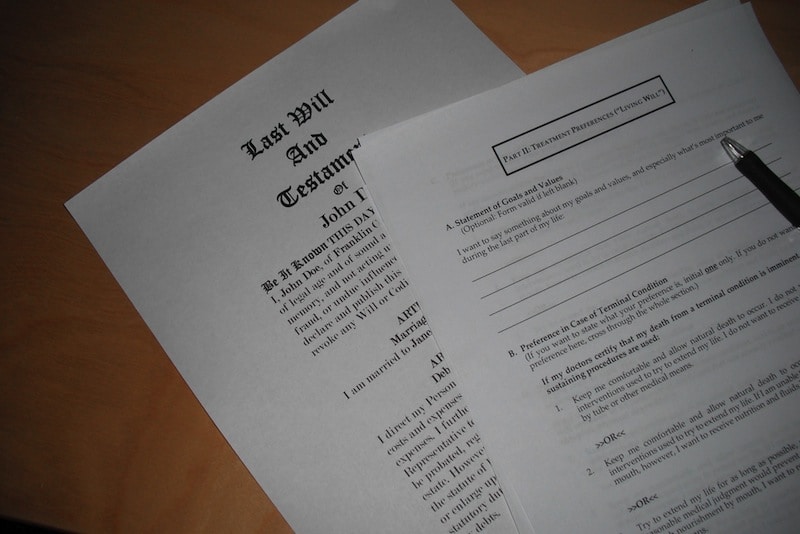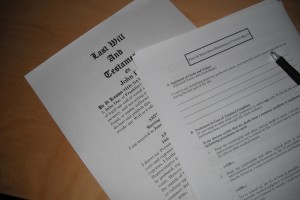My thinking about mom’s death has evolved. Also, shots of my neighborhood, post-Florence.
Video: You Will Join This Club
My thinking about mom’s death has evolved. Also, shots of my neighborhood, post-Florence.
Video: You Will Join This Club
Pay attention to your boomer donors. Promote planned gifts to them. You can’t assume estate gifts will come from your loyal lifetime donors. You need to ask for them.
My top tips for your Planned Giving fundraising program. How to start and what you need for success.


Mr. Blum died at 97 last year with no will and no heirs. It looks like his $40 million estate will pass to New York’s treasury.
That’s a tragedy!
Maybe you can use this in your Planned Giving marketing as a lead-in to talking about charitable bequests. As in, “Don’t let this happen to you.”
We each should have a will by age 25 at the latest. Even 2013 college graduates have a small accumulation of assets, so a modicum of an estate. Maybe you’d like your high school ring to go to your high school sweetheart. If you can remember his name.
When we have a first child our will is essential. It names the child’s guardian if the parents should die.
After that, it’s a matter of keeping our will current. It’s a work in progress as new children arrive; marriages come and go; families blend; loved ones die.
And people piss us off. To quote an annoyed Woody Allen character (is it in Zelig?), “Bring me my will. And an eraser.”
Those who have fancy–or simple–trust arrangements need an up-to-date will to make sure everything that’s supposed to be in the trust gets in there and to explain who gets the other stuff.
Even the most humble accumulation is an estate, which means there’s potential for a bequest to your nonprofit. Very modest, consistent donors are very good Planned Giving prospects.
Bequests need not come from $40 million estates. But they could, if there’s a will.